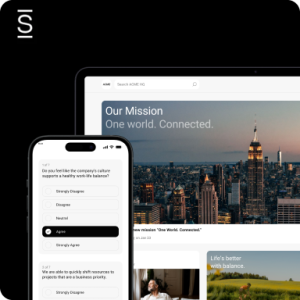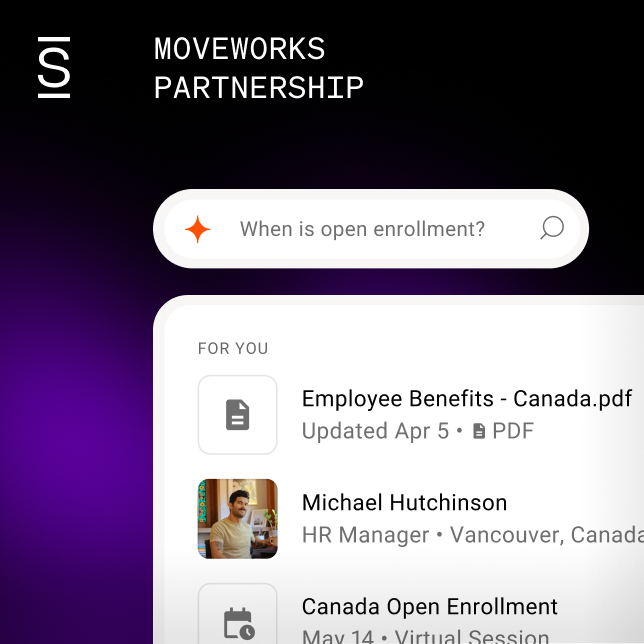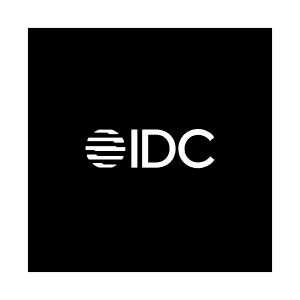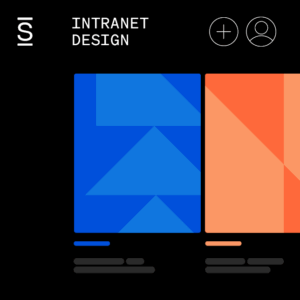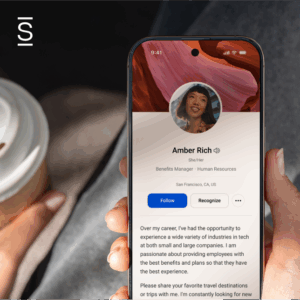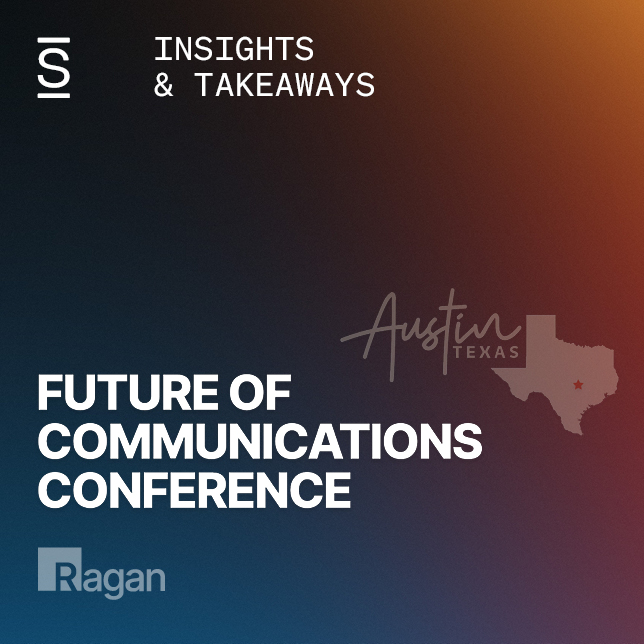Change management is a scary topic — especially when it involves transforming culture. But, you shouldn’t shy away from opportunities to champion change within your organization. We recently had the opportunity to discuss transforming culture with Brian Brockman, VP of Communications for US and Canada at Nissan. In the interview, we unpack several interesting topics and lessons Brian learned while working on the Nissan Next initiative.
To learn more, read on for key takeaways and listen to the full podcast!
Shifting the organizational mindset
In 2020, Nissan launched “Nissan Next,” which was a strategic shift by the company to refocus and revitalize the business — emphasizing long-term, sustainable programs aimed at transforming from a culture of growth and scale to one which prioritized its employees and customers.
Brian mentioned three overarching changes Nissan needed to make to become more people-centric.
- Change the organizational priorities: “We needed to change our business… how we looked at our business and how we set priorities,” Brian said. The concept of transforming a company focused on scaling to one that is employee-centric requires a complete shift in how you prioritize business objectives.
- Change the product: Brian then went on to discuss the shift Nissan made away from focusing intensely on volume and scale to enhancing customer value through higher-quality, better features, and more consistent products.
- Change the culture: Changing the company culture was the secret ingredient to it all. You need to get buy-in from all stakeholders to make any of the other changes possible, and that is often driven by improving the culture and empowering your employees, suppliers and other partners.
Explore the importance of a strong organizational culture
Communications’ role in transforming culture
Launched in a year defined by pandemic challenges, the “Nissan Next” initiative faced a few unexpected obstacles of its own — factory closings, supply chain issues and accelerated remote work, to name a few. Prioritizing internal communications helped mitigate these issues and facilitate the new cultural shift.
“We have to make sure that the team is talking, and so whether it’s at our director level, whether it’s at our senior manager level, all those teams stay very well connected,” Brian recalled.
He went on to cover some important topics relating to communications’ role in influencing culture.
- Consistency is key: It’s necessary to maintain a consistent flow of communications during transformative and challenging periods because it builds trust between employees and leadership.
- Make sure employees hear communications first: You want everyone within the team to be on the same page and feel included, so make sure from the top-down there is transparent communication.
- Understand your audience, tools and channels: Even within an organization, you have different audiences, communication tools and channels. From Zoom calls with remote teams to in-person conference calls, understanding how to get the right message in front of the right audience at the right time is equally important and challenging.
Learn more about transparent communication from leadership
Practice what you preach
Transforming culture systematically requires more than just lip-service; actions must back-up the message. So, after you’ve found your “North Star,” you must develop a path to get there and get buy-in from stakeholders, employees and other invested parties. Then, it’s a matter of being consistent with your actions so that you instill trust and engagement.
“The worst thing you can do is have a message that says one thing and then actions that tell you something different,” Brian said.
He discussed several examples of actions they took to reinforce their shifting cultural focus. For example, paternal leave benefits were a topic of discussion internally for years — and following the launch of the Nissan Next initiative, they decided to extend leave to 16 weeks for mothers, fathers and same-sex couples. This policy change showed the new, intense focus on people, which aligned with their internal communications.
Another example was an annual employee survey that sought to gauge employee engagement, trust and other important employee-centric topics. The initial reaction was met with some skepticism, but consistency year-after-year helped get everyone on board and engaged with the practice. Not only does this action build trust in Nissan’s communications efforts, but it also provides a great resource to measure important internal comms KPIs.
Learn about Simpplr’s new Employee Engagement Survey — the newest addition to the Employee Listening product
It takes a village to change the culture
One of the more interesting topics that Brian covered on the podcast was the importance of collaboration and a complete top-down approach. “Executive leadership is very important because it sets the tone and the business priorities,” Brian said.
He went on to describe the role Human Resources played and how critical they were in facilitating employee engagement, action planning and training leaders on how to take the right actions.
Nissan has thousands of employees across many departments and countries, so getting them “… to feel like they’re a part of something bigger than just the one job that they’re doing in front of them” required close partnerships with several other departments and stakeholders.
Brian outlined two important considerations when striving to engage and communicate to an entire workforce.
- Make sure you have the right ways and channels to get messages to them.
- Make sure the person delivering the message is engaged and knowledgeable (or the technology delivering it is easy to understand and accessible).
Get the key to unlocking executive engagement
Subscribe to keep learning
Connect with Brian on LinkedIn, and listen to the full podcast to learn more about the topics above as well as other strategies Nissan used to transform its organizational culture. And subscribe to the Cohesion Podcast to hear from other internal comms, HR and IT professionals, providing structured, high-value, quick-hitting strategies and tactics.


